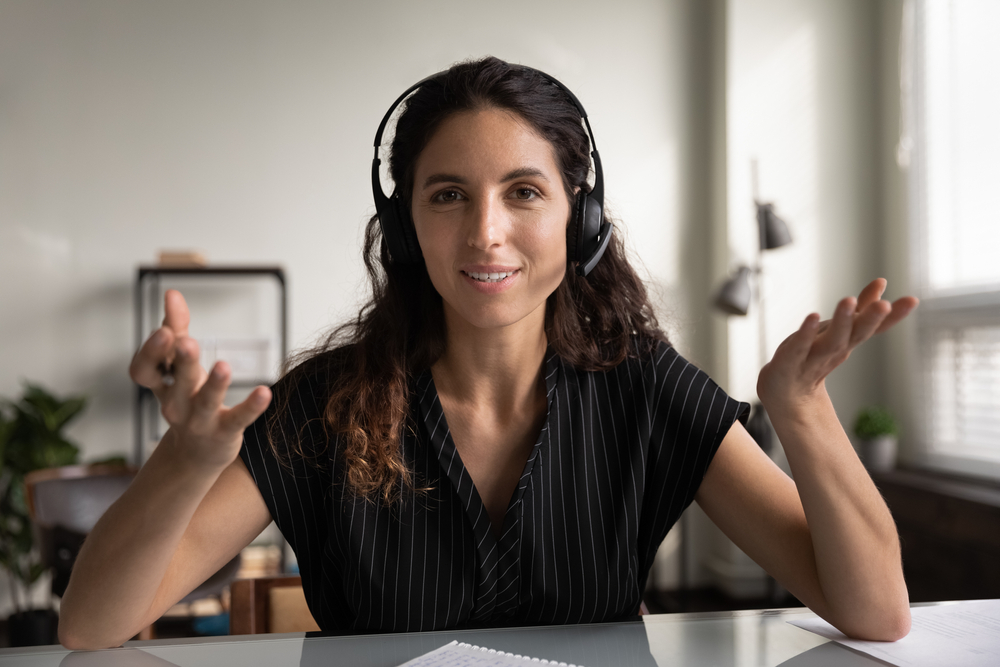Ever wonder why lefties seem to have an extra spark of brilliance? While right-handers are busy doing things the conventional way, left-handed folks are out there winning Nobel Prizes, leading creative revolutions, and generally making the rest of us look like we’re still figuring out which end of the pencil to use. Let’s talk about the fascinating science behind why being left-handed might actually give you a cognitive edge.
1. They use both hemispheres

While most right-handed people primarily use their left brain hemisphere (the logical side), lefties are more likely to engage both hemispheres. This increased cross-talk between brain hemispheres is like having two powerful processors running simultaneously instead of relying on just one. Research shows this enhanced connectivity leads to faster information processing and better problem-solving abilities. Talk about parallel processing.
2. They’re adaptable

Living in a right-handed world forces lefties to become mental gymnasts from day one. Imagine having to constantly translate everything you see into your own left-handed language. This daily mental workout strengthens neural pathways and enhances cognitive flexibility. Studies have shown that left-handed people often excel at divergent thinking, the kind that helps you come up with multiple solutions to a single problem.
3. They process language differently

The traditional language centers are usually located in the left hemisphere, but lefties are more likely to have language abilities distributed across both sides of the brain. Research suggests this unique distribution can lead to enhanced verbal skills and creative language use. It might explain why left-handed people are overrepresented in creative professions and why they often excel at out-of-the-box communication.
4. They have a better memory

Left-handed people often display superior episodic memory—the kind that helps you remember events and experiences. Studies have shown that lefties often outperform right-handers in memory tests, particularly those involving spatial and visual information. Think of it as having a more sophisticated filing system in your brain, where information isn’t just stored but is cross-referenced and easily accessible.
5. They’re great at multitasking

Thanks to their more balanced brain usage, left-handed individuals often excel at multitasking. That’s the result of having a brain that’s used to coordinating complex activities between hemispheres. Research indicates that left-handed people often have better coordination between their hands and can process multiple streams of information more efficiently.
6. They’re creative

The link between left-handedness and creativity isn’t lore—it’s backed by neuroscience. The same brain organization that makes lefties process information differently also gives them an edge in creative thinking. Studies show left-handed people are often better at combining different types of information in new and novel ways. It’s like having a brain that’s naturally wired for innovation, seeing connections that others might miss.
7. They have a leg up in sports

This is about how their brains process spatial information and motor skills. Left-handed athletes often display better reaction times and spatial awareness, likely due to their enhanced bilateral brain activity. Think about it: in a world where most opponents are used to facing right-handed players, lefties bring an element of surprise that’s rooted in their unique neural wiring.
8. They have a mathematical mind

Here’s a surprising twist: left-handed people often show enhanced mathematical abilities, particularly in spatial problem-solving and abstract reasoning. That’s because they can see patterns and relationships that others might miss. Research suggests that the same brain organization that gives lefties their creative edge also helps them excel in certain types of mathematical thinking.
9. They’re emotionally intelligent

Left-handed individuals often display heightened emotional intelligence, and it’s not just because they’ve had to develop patience dealing with right-handed scissors. The increased connection between brain hemispheres means lefties process emotional information more holistically. While the right hemisphere is traditionally associated with emotional processing, lefties’ bilateral brain usage allows them to combine emotional understanding with logical analysis more effectively. Studies show they’re often better at reading facial expressions and picking up on emotional subtleties in social situations.
10. They recover quickly

Here’s something fascinating: left-handed people often recover from brain injuries more quickly than their right-handed counterparts. Because lefties typically use both hemispheres more equally, they have built-in redundancy in their brain functions. If one area gets damaged, they’re often able to recruit other regions to take over those functions more efficiently. It’s like having a backup system that’s already running instead of having to install one after a crash.
11. They process time differently

L Research suggests that the way lefties’ brains are organized leads to a more nuanced perception of time intervals and temporal relationships. They’re often better at estimating time passages and coordinating time-dependent activities. The increased interaction between brain hemispheres allows for more accurate processing of temporal information, which can be particularly advantageous in fields requiring precise timing, from music to scientific experimentation.
12. They have an innovative instinct

Left-handed peoples’ unique brain organization leads to what researchers call “divergent innovation,” the ability to generate novel solutions that wouldn’t occur to most right-handers. This isn’t just about creativity—it’s about having neural pathways that naturally explore unusual connections. Studies have shown that lefties are overrepresented among inventors and innovators, not because they’re trying to be different, but because their brains naturally process information in less conventional ways.
13. They have enhanced sensory processing abilities

Their bilateral brain usage means they’re often better at combining visual, auditory, and tactile information into a coherent whole. Research suggests that lefties often have faster sensory processing speeds and can more quickly integrate multiple types of sensory input. Think of it as having a more sophisticated sensory integration system that’s constantly running at high efficiency.
14. They have a unique approach to decision-making

Left-handed individuals often approach decision-making differently, employing what researchers call “integrated decision processing.” While right-handers might rely more heavily on logical, sequential processing, lefties tend to integrate both emotional and logical information more seamlessly in their decision-making process. Their enhanced bilateral brain usage means they’re often considering more factors simultaneously, leading to more nuanced and comprehensive decision-making strategies.








